Lost in the woods or by the sea…
French avant pop songstress GEISTE is who JRR Tolkien would have come up with if he had manufactured a pop star. She released her first EP ‘Utopia’ in 2020 just as Covid and lockdown hit the world, but her moody captivating songs provided an escape into an endearing fantasial world. Her most recent EP ‘Ashes’ was bewitching as her past works but a new maturity emerged.
GEISTE began as an acoustic act before she found that her fantasy storytelling and poetic prose could enter a more intriguing sonic universe using electronics. Her new EP ‘To Dusk’ sees a return of sorts to her roots with a collection of songs that delves into the softer, more introspective side of her music which began as piano ballads exploring themes of heartache, renewal and the beauty in moments of transition.
With rebirth very much in her mind, GEISTE spoke to ELECTRICITYCLUB.CO.UK about her career to date and coping with change…
What inspired the GEISTE persona and the style of music you make?
GEISTE was born in London from a deep need for storytelling and creating imaginary worlds to cope with the real one. It follows my life as I grow and navigate my own insecurities and life events. This project allows me to explore parts of myself I might otherwise hide or ignore. Musically, I’m inspired by wilderness, folklore, and emotional landscapes—both my own and humanity’s. GEISTE became a way to give each of these moments in my life its own chapter. I wanted my music to sound like it’s coming out of a tale while remaining relatable. Sharing songs often reveals how their meanings echo others’ lives, making the path feel less lonely.
Was working solo always a given or had you considered forming a band?
Working solo mainly came out of necessity. As an emerging artist, there’s usually limited funding, and I had to handle most things on my own, from live shows to music production and artistic direction. I also enjoy learning new things and finding creative solutions. Being on my own lets me express ideas exactly as I envision them. However, I’ve always been open to collaborations, and I hope to play these songs with a band someday. Over time, I’ve learned how transformative it can be to work with others who bring their perspectives and energies, and I’m looking forward to exploring more of that now.
It seems such a long time ago now, but your ‘Utopia’ EP came out at the start of lockdown, how were you dealing with the promotional situation? Did you find music was providing an escape for you and others listening?
Lockdown was challenging for everyone, shifting how we consume and experience art. With most people online, promoting meant making the project exist on social media rather than through live experiences. I loved how ‘Utopia’ provided listeners an escape, especially through our collaborative ‘Moonchild’ video. Seeing listeners respond with their own emotions and actively participate in the project during this first release was a beautiful moment of community. I hope to recreate that sense of connection and use my platforms to bring people together through creative collaborations.
The ‘Utopia’ EP used the practice of issuing single songs of a period and then compiling them into one release which is now common practice and has been carried over on ‘To Dusk’, how have the challenges been to develop a release strategy in today’s music market and keeping listeners interested?
With ‘To Dusk’, ‘Utopia’ and ‘Retrogrades’, I wanted to release singles that tell part of a larger story. There’s pressure today to release consistently and stay active on social platforms out of fear of losing momentum. Releasing singles supposedly makes it easier to get playlisted on streaming platforms by showing the algorithm you’re active. Personally, I prefer creating full projects with a storyline, but this approach takes longer. Stretching out releases helps promote more songs. With ‘Ashes’, I only released two singles before the EP, and I could see the difference in streaming numbers. As an independent artist with a small but wonderful fanbase, I’m very reliant on algorithms.
What about social media and maintaining a profile, do you embrace and enjoy it or is it something of a distraction?
Social media can feel overwhelming, especially with algorithms limiting reach. But I focus on the connections I make and the chance to share parts of my world. I’ve learned to care less about how many people see my posts or how many followers I have. It doesn’t make sense to me that gatekeepers use these metrics alone to determine an artist’s worth. I can’t control social media, so I focus on creating meaningful content for myself, the project, and those who have followed it. I love bringing people into the world I see each song in through videos, set designs, and costumes.
The ‘Ashes’ EP in 2023 was released on Emika Records and a product of lockdown, how do you look back on the person who created ‘Utopia’ to where you are now?
The person who made ‘Utopia’ was seeking a voice and strength in vulnerability. Since then, I’ve grown a lot. With each project, I’ve become more comfortable with myself and my work. ‘To Dusk’ reflects a more raw and confident version of that original creative impulse. I used to rely on big instrumentals and work with other producers because I wasn’t fully confident in myself. Now, living alone in the woods, I’ve learned music production to bring my ideas to life independently. ‘Ashes’ was my first step towards this, followed by ‘To Dusk’, which I produced entirely on my own. I miss who I was in London; she had more fire, or maybe it was just a more chaotic life. I know I’m in a transition period now. I’m unsure where I’m headed, but I’ve learned to embrace change.
Your new EP ‘To Dusk’ has arrangements that are more understated and pared down than on your previous EPs, was there a particular concept involved for the creative process?
After finishing ‘Ashes’, I felt I still needed to express more but only found myself writing piano ballads. It was new to me, as I usually drift from production while writing songs, and these were simply piano and voice. Initially, I didn’t want to release them since they felt so different, but friends convinced me they were worth sharing. I wrote them over the summer of 2022, I felt really lonely back then and used to walk a lot by the sea after sunset. That inspired the whole ‘To Dusk’ project. It tells a story of letting go and moving on. It sounds like a relationship in the songs but I think that deep inside I was letting go of the life I had before lockdown and processing it in that way. I tried to keep them as honest and raw as possible because for the first time I felt like what I had to say was enough. It was also an exercise of minimalism. I am a maximalist in life and collect tiny objects and my rooms are full of them. I tried to create something beautiful and meaningful with less and I think they are enough like that.
Do you have any favourite songwriting tools?
A £20 vintage Casio keyboard I found at Notting Hill Market—it has a “chorus” preset I use in most of my songs now.
How did ‘The Storm’ come about, are you able to say what it is about?
I don’t exactly remember how ‘The Storm’ came about, but it’s about dealing with overwhelming emotions, knowing that although it feels like too much to process, the moment will pass. The chorus melody might be the most beautiful I’ve ever written. It’s about unrequited love, experiencing big feelings, and struggling to process them all.
‘The House’ is very heartfelt and you are resigned to “just let it fall down”, was this song quite cathartic for you?
I think so. ‘The House’ is about letting go of the past, allowing old memories to fade and not defining me. Writing it felt cathartic, like freeing myself from weightless memories and people’s opinions.
You returned to playing live this summer for the first time in 2 years, how was it? Were there any anxieties to get through or was it all like riding a bicycle in the end?
I only played one show this year, booked at the last minute, so I didn’t have time to get anxious. I loved being back on stage and hadn’t realised how much I missed it. I hope to play more next year. There’s something irreplaceable about live shows, the energy exchange with the audience that you can’t replicate anywhere else.
For those who are reading and may be new to your music, is there a song from each of your four EPs that you would recommend as a starting point?
From ‘Utopia’, I’d suggest ‘Ocean’ – it introduces my world well, and there’s a nice music video for it.
From ‘Retrogrades’, I’d pick ‘Tide ‘as it’s my favourite.
For ‘Ashes’, I’d go with ‘22:59’, my favourite to play live, though I may be biased because this project was excruciating to write.
And from ‘To Dusk’, I’d pick ‘The Storm or ‘To Dusk’ for the most beautiful melodies I ever wrote.
You have created this series of lyric and poetry books, how did this idea come to fruition and how have they been received by your fanbase?
The idea of creating these books came up at a time when I felt stuck musically. After ‘Ashes’ and ‘To Dusk’, I didn’t/couldn’t write music for a long time, and these books came as a natural extension of that. It was a moment to pause instead of jumping straight into a new project, as I have been doing for the past five years. I had all these notebooks full of texts, notes, and drawings that eventually became songs, and I think I also felt a need to make something I could hold in my hands from all the work of these past years, as I never released physical copies of my music. I learned to bind them myself and made each one by hand. I knew I wouldn’t sell many, but they’ve been well-received by the people invested in this project. It’s wonderful to see fans appreciate these worlds beyond just the songs, diving deeper into the themes and words, and sending these little books all over the world.
Does the international success of an artist like AURORA give you hope that there is a place for GEISTE to attract a wider audience?
I hope so. It would be beautiful to see this project blossom and connect with more people.
What is next for you?
I’m working on many new songs, possibly a follow-up to ‘To Dusk’ or even an album. For now, I’m still in the south of France, where I’ve met people who want to help develop my project so I hope to play more shows here. I also hope to collaborate more with other artists.
ELECTRICITYCLUB.CO.UK gives its warmest thanks to GEISTE
‘To Dusk’ is released as a digital EP via https://geiste.bandcamp.com/
https://www.facebook.com/geistefromashes/
https://www.instagram.com/geistefromashes/
https://open.spotify.com/artist/0Rcx8Fs982C9oeE1lRm9iJ
https://www.youtube.com/channel/UCbSKwr5p80y9dYiMfRN4u8A
Text and Interview by Chi Ming Lai
2nd December 2024



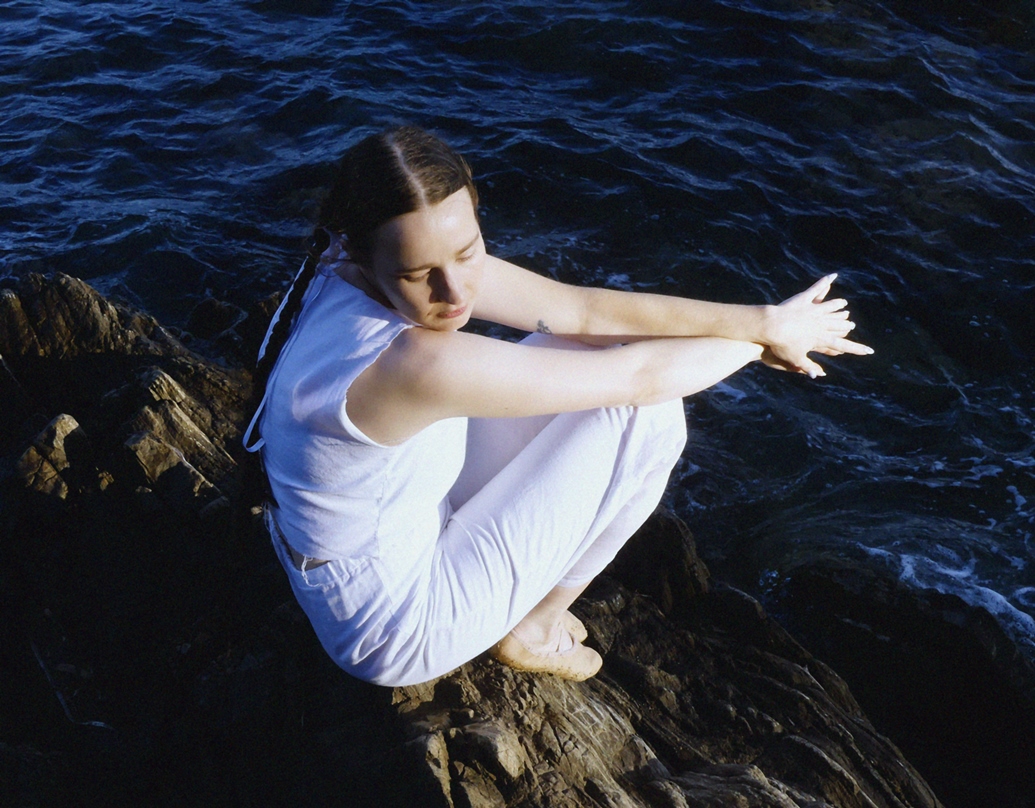
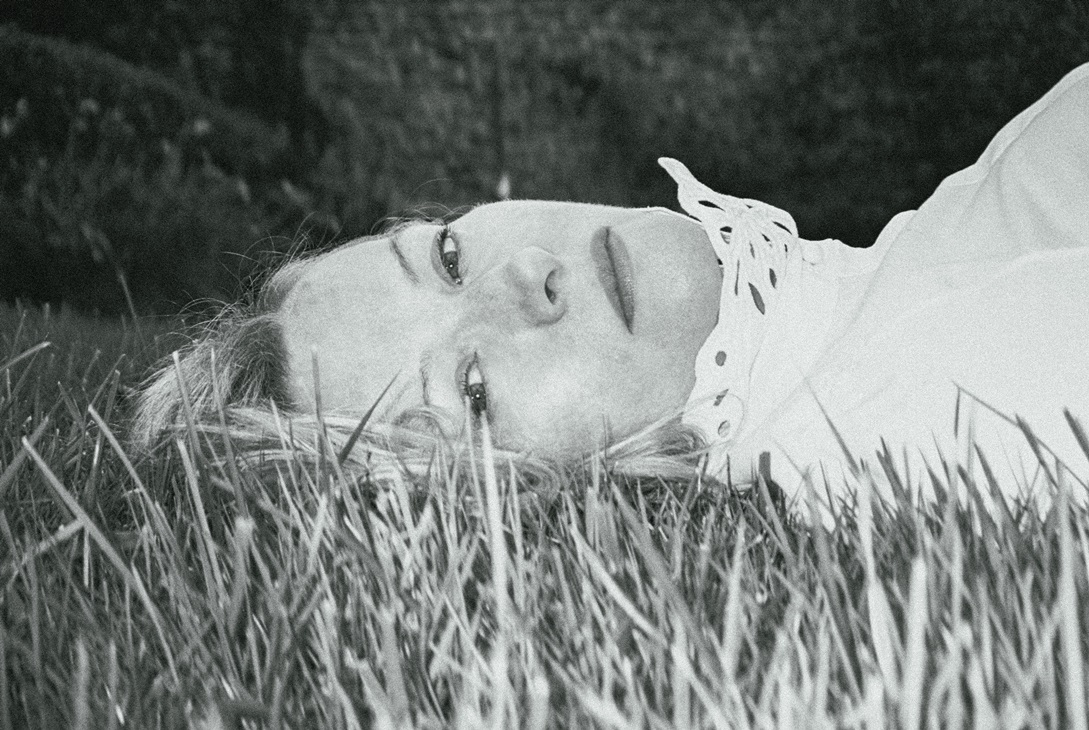
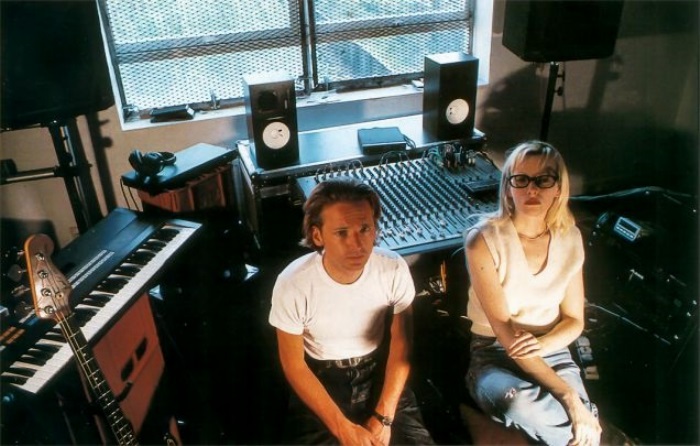

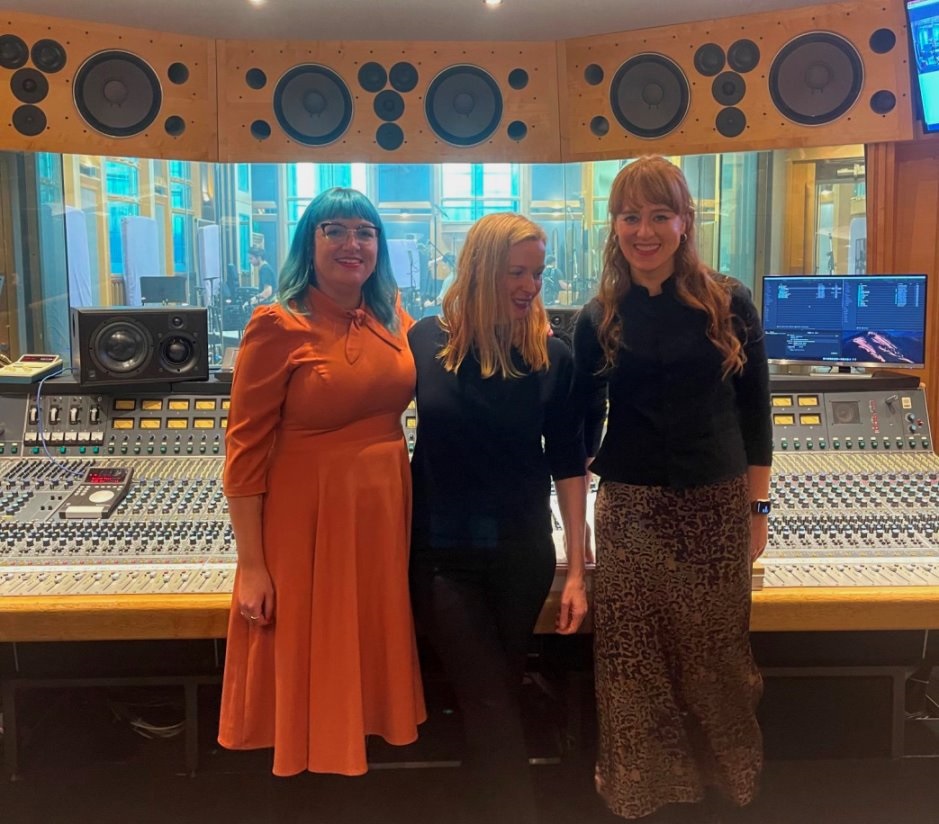
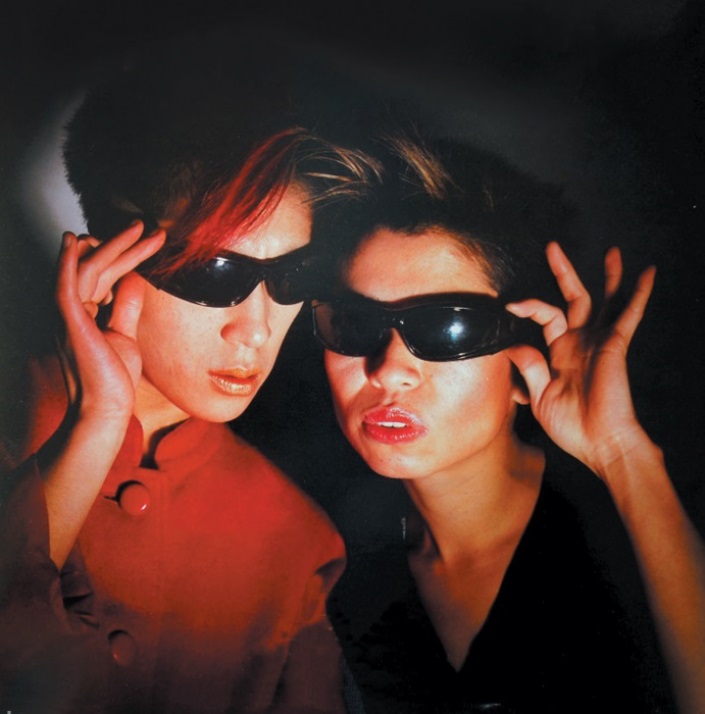
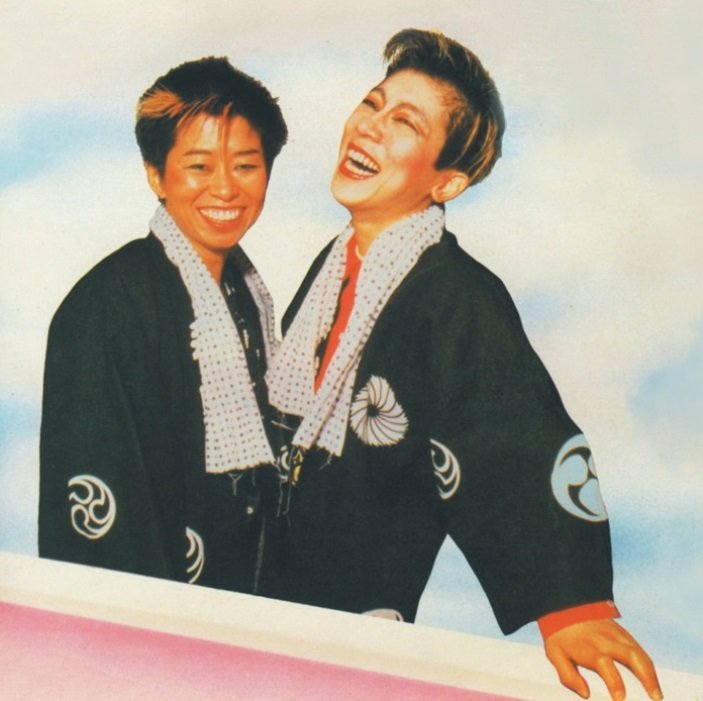
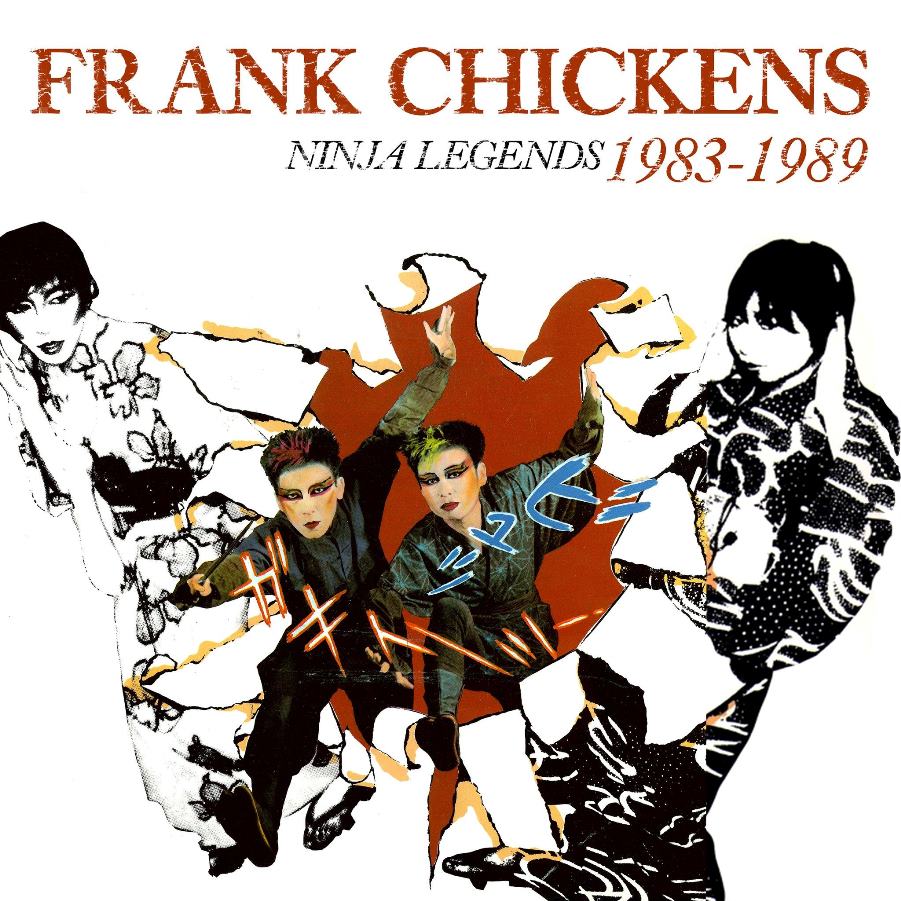

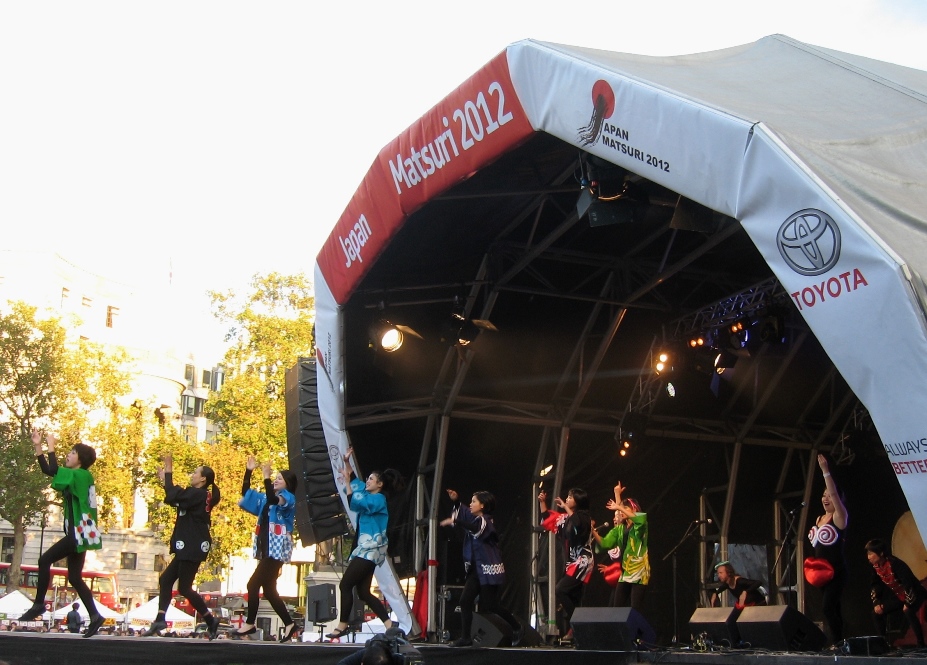
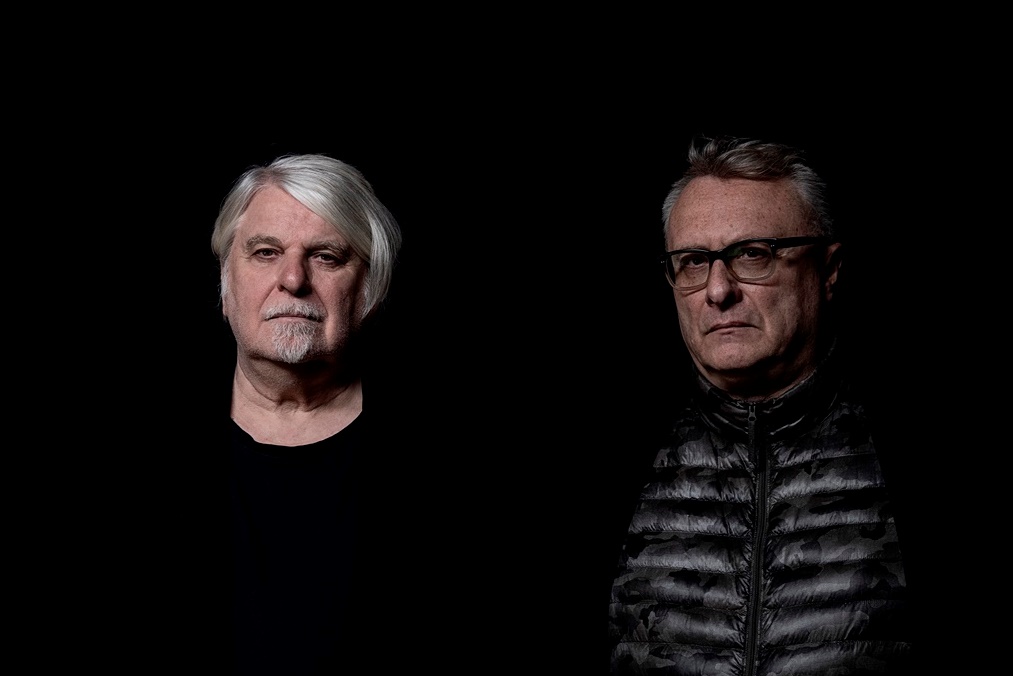
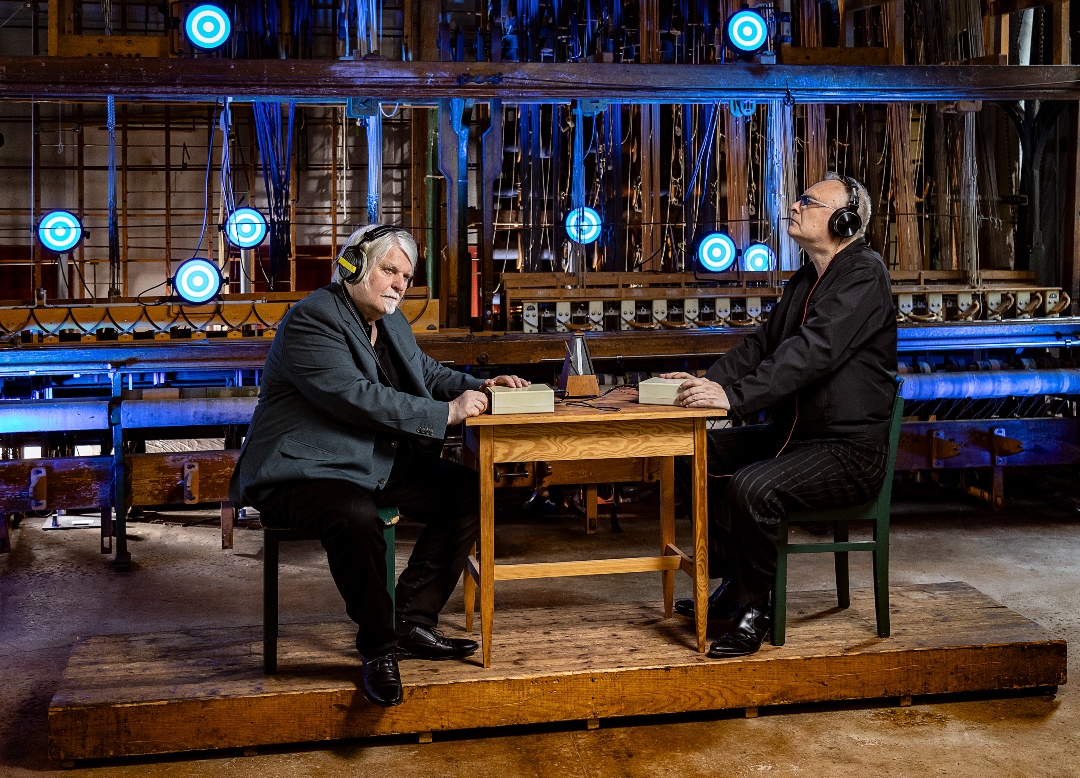
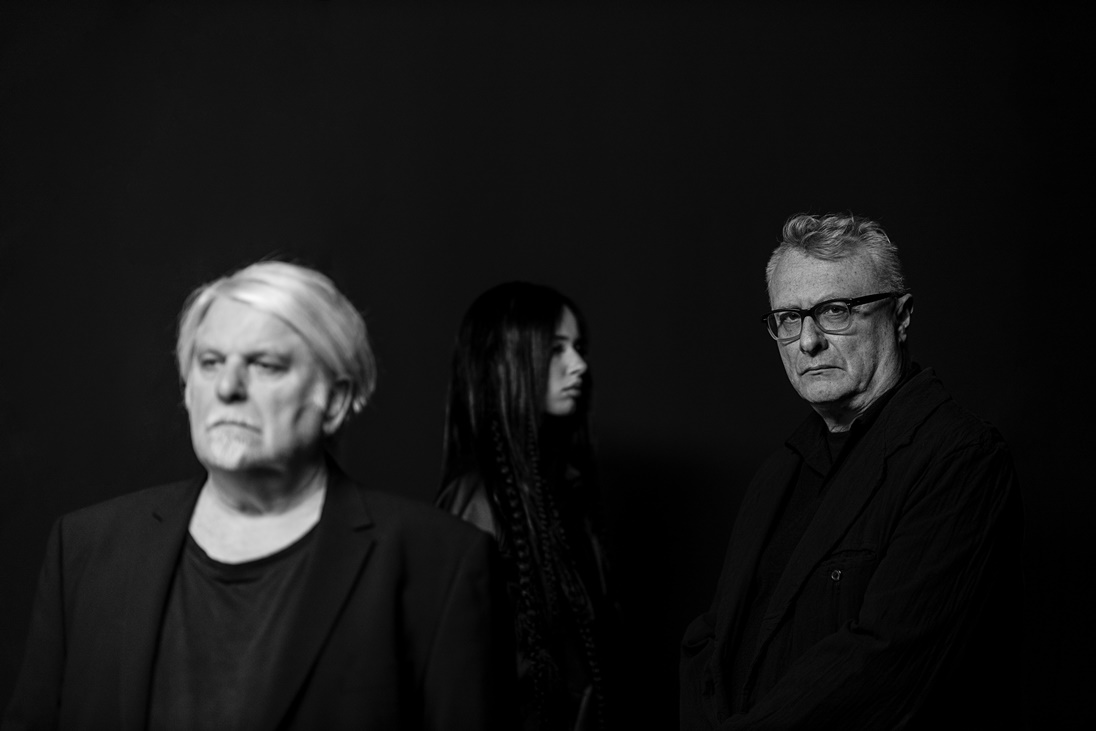
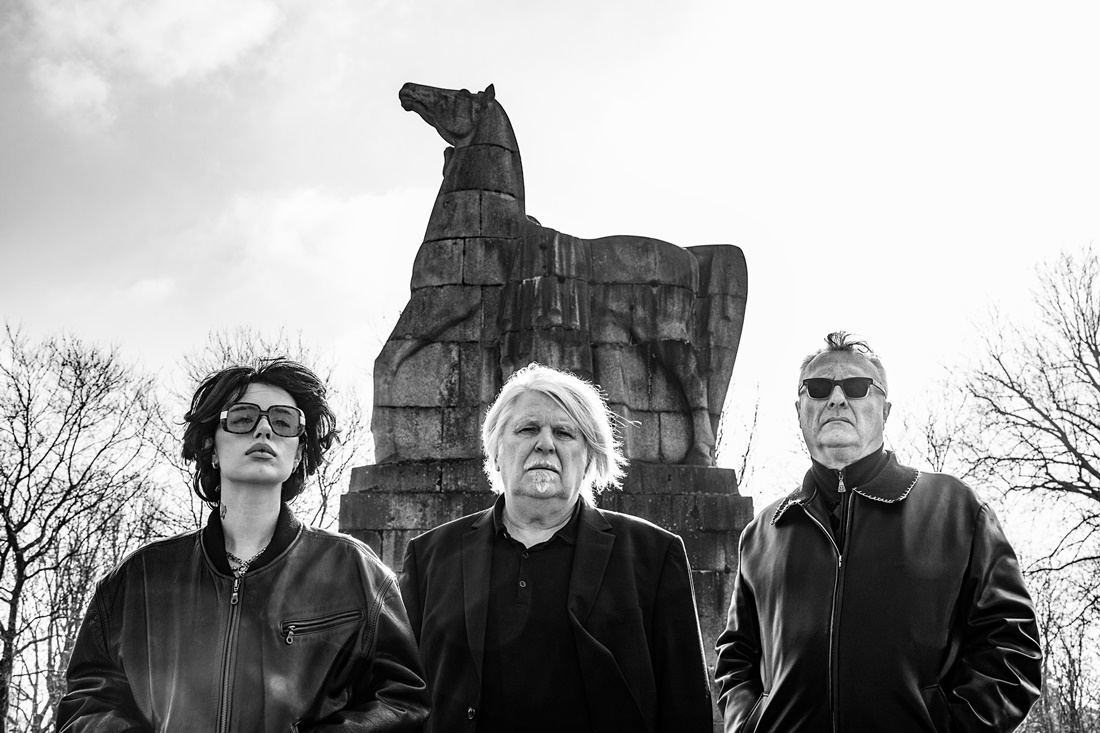
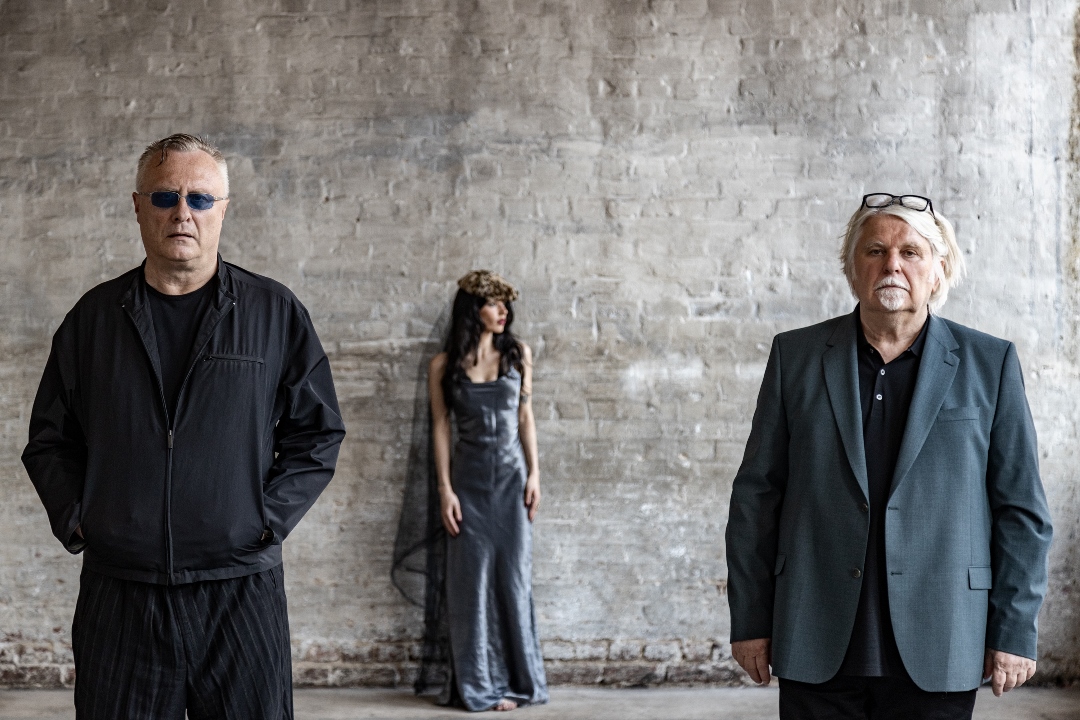
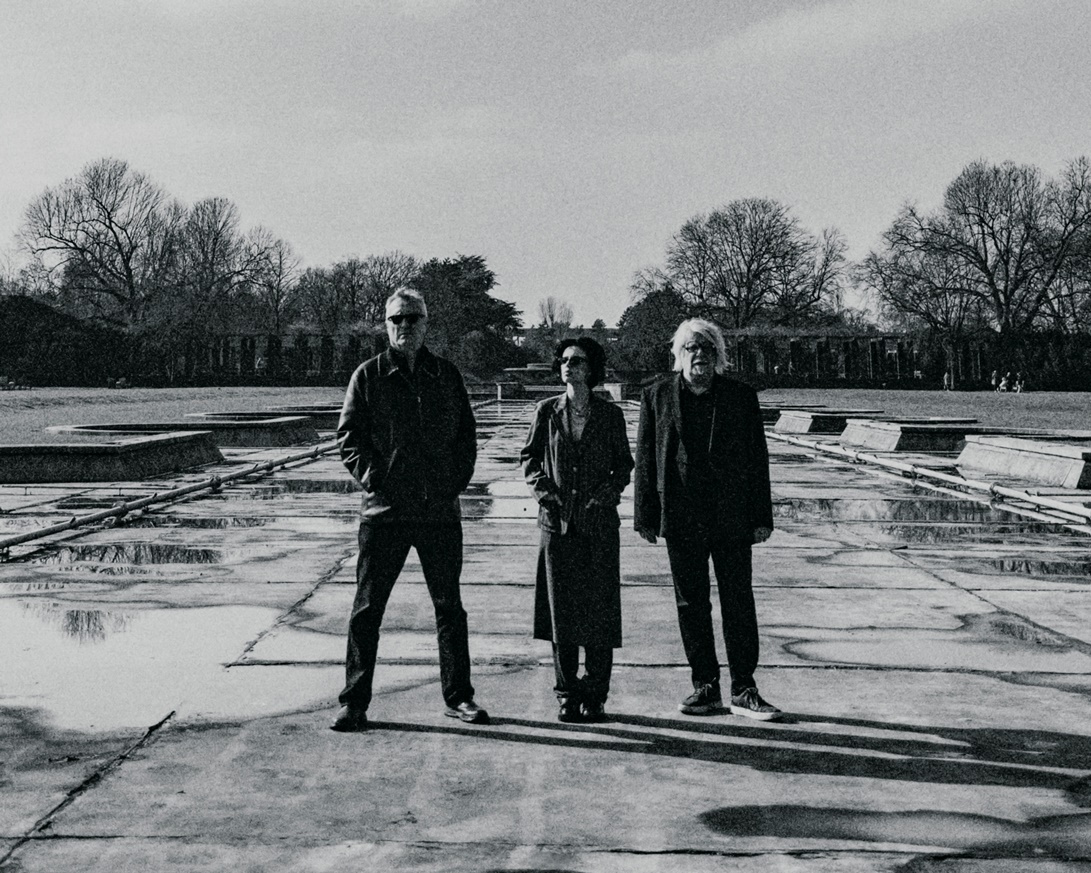
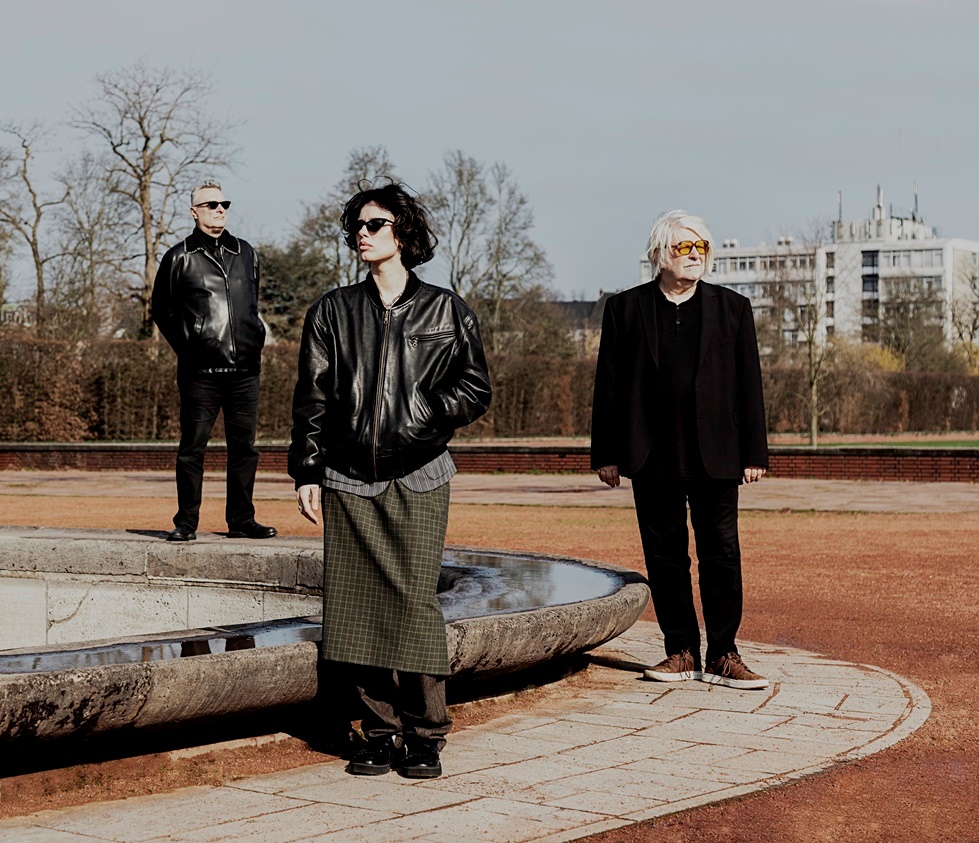

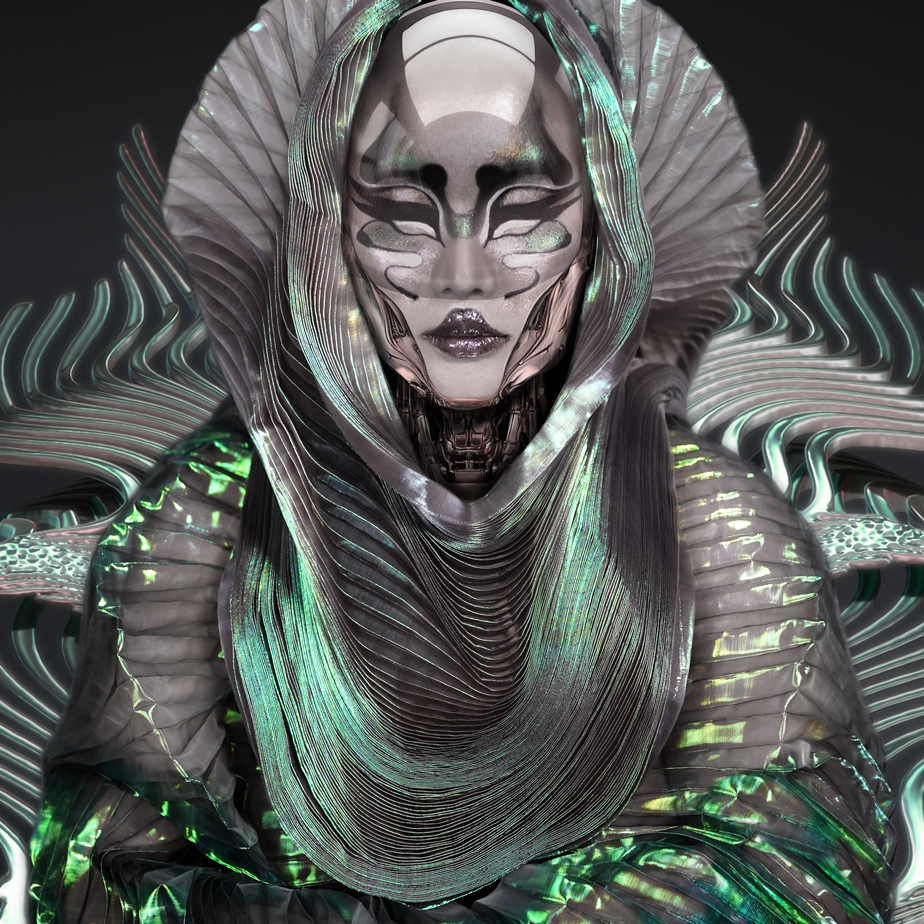


Follow Us!